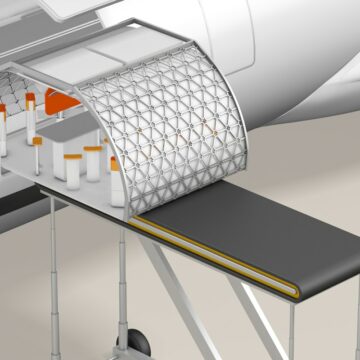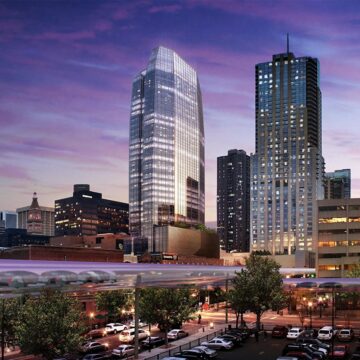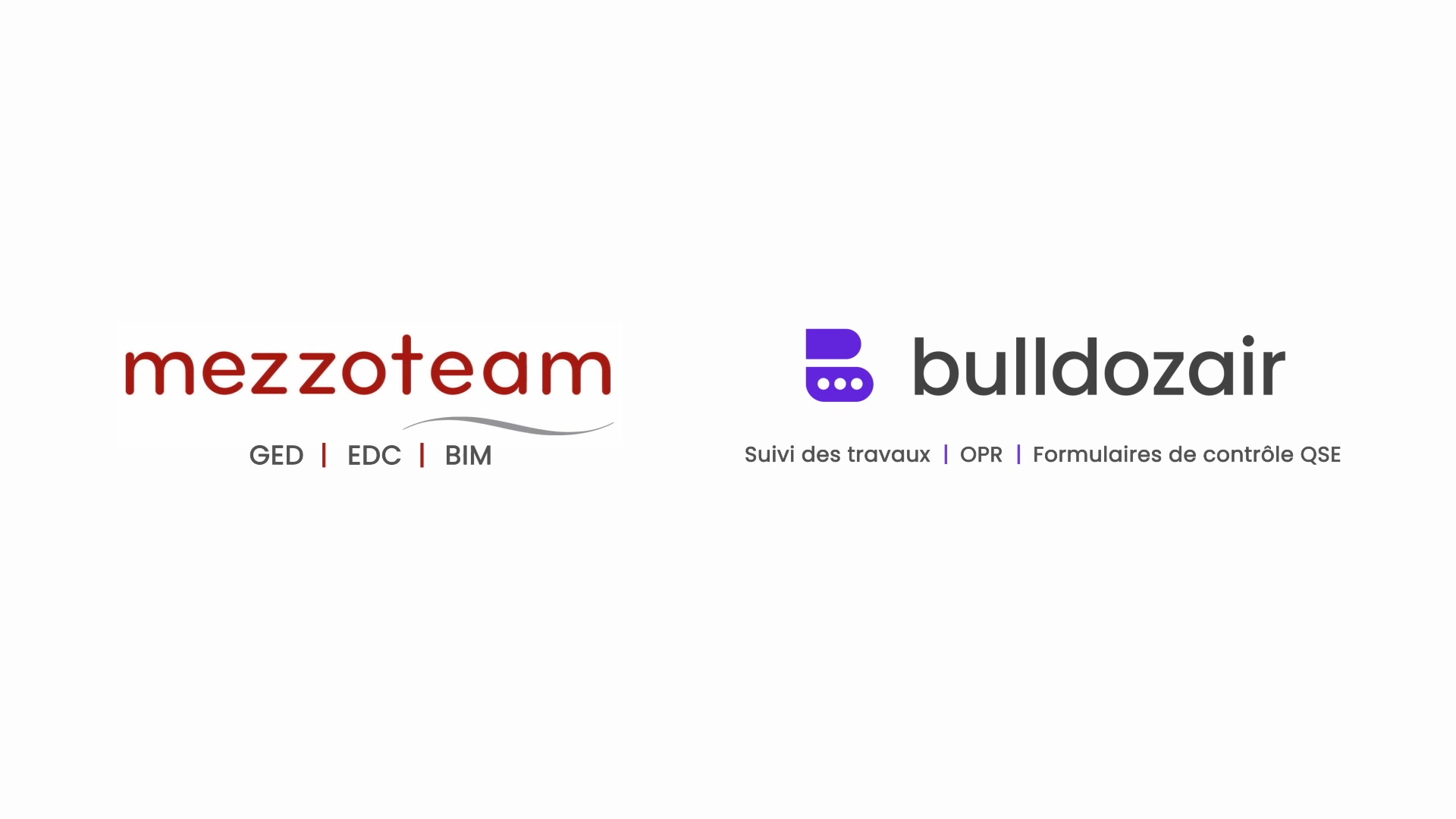People often oversee the incredible impact that elevators have made in our society. Just like cars, elevators gave us the gift of transportation and allowed cities to grow vertically instead of horizontally. From architectural trends to economic and urban development, elevators have shaped many areas of our everyday lives. However, since the introduction of the safety elevator by Elisha Otis in 1852, not much has changed.

Most modern elevators continue to use a similar design to that of the 1800s. The classic design consists of a motorized cable system that pulls a cabin up or down inside a single shaft. The motor is helped by a counterweight that weights nearly half of a fully loaded cabin.
With the rapid increase of population density in urban areas and the rise of skyscrapers today, elevators are more relevant than ever. The elevator and escalator sectors are expected to reach 125-billion U.S. dollars by 2021, and market leaders are eager to innovate. Yet, recent developments in elevator technology still fail to address three fundamental drawbacks:
- Architectural design limitations as often buildings need to be designed around the elevator system
- The substantial use of space as each system uses nearly 40% to 60% of a building’s floor space
- The height restrictions as no elevator using steel ropes can go higher than 600 meters as at this point, the metal cables from the system become too heavy to lift the cabin.
In today’s tallest building, the Burj Khalifa which is 828-meter tall, two separate elevators are needed to reach the top floor.
Fortunately, in 2017, German conglomerate ThyssenKrupp unveiled a new and innovative elevator system capable of not only addressing these drawbacks but also, accomplish one of the most sought features in elevators: the ability to move horizontally.
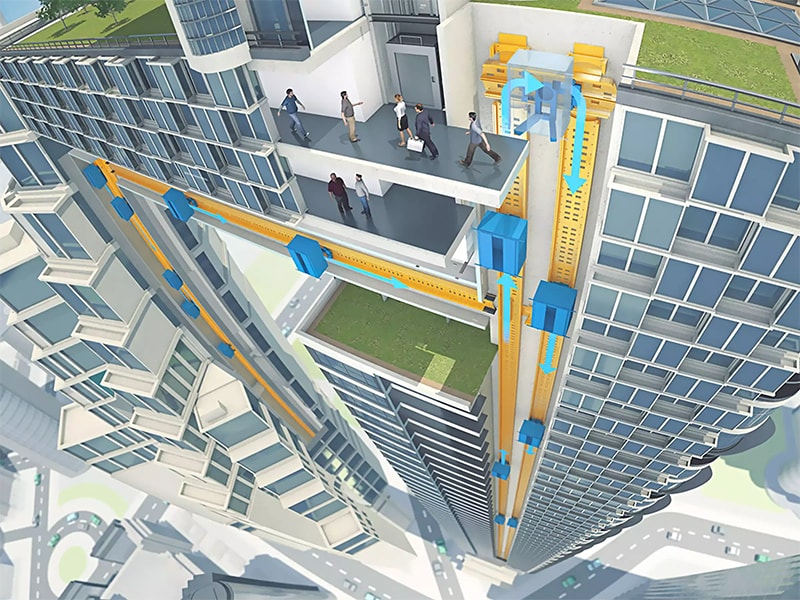
Unlike traditional elevators, the new system called MULTI operates with magnetic levitation technology thus, eliminating the need for steel ropes and its finicky downsides. Magnetic levitation or Maglev is the same technology used in some high-speed trains such as the Shinkansen in Japan. The elevator uses a maglev track in the building which is embedded with coils to guide the cabins through a moving magnetic field. This way, ThyssenKrupp can replace the traditional cable and counterweight design with a linear motor that can change directions from vertical to horizontal with ease. The system also allows more than two cabins per shaft as each cabin can operate independently from one another, reducing waiting time for passengers and increasing capacity up to 50%.

The use of maglev technology also eradicates any height or design limitations that previous elevators had as MULTI’s elevator shafts can be placed more freely around the building and operate similarly to a metro. They are also 25% smaller than traditional ones which allow considerable savings in floor space.
The elevator cabins are controlled by a wireless data system along with an algorithm that directs the cabins to callers in the most efficient way. Additionally, an outstanding energy management system is also implemented to lower peak power and decrease investment costs in the power supply of the structure. Furthermore, safety concerns were thoroughly covered. Aside from a multi-level break system, ThyssenKrupp built a 246-meter test tower in Rottweil, Germany. The tower was specially designed to assess the safety of this new development, and it took two and a half years to finish its construction.
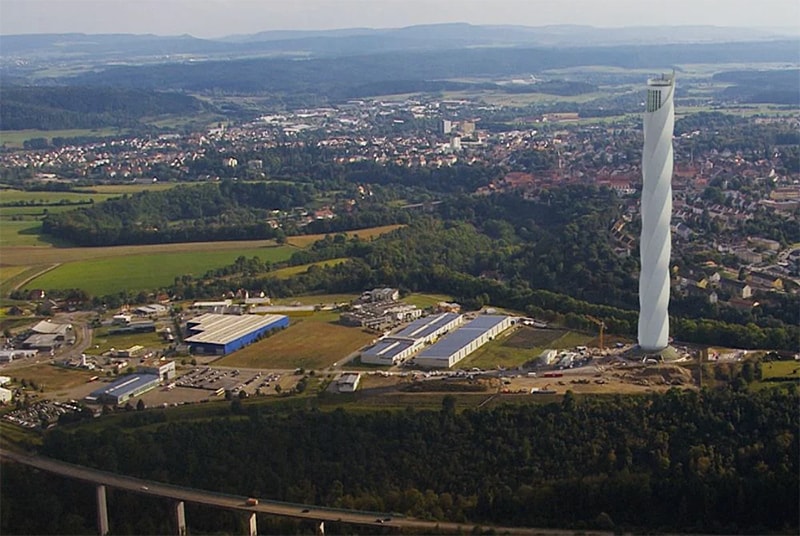
According to the German conglomerate, the new elevator system hopes to reinvent the way people move through buildings, facilitating transportation between skyscrapers, hospitals, airports, university campuses and other large infrastructures.
If successful, ThyssenKrupp could establish itself as the most innovative player in the elevator industry. However, there are still many challenges that could challenge the adoption of this new technology. The main one being cost competitiveness as maglev technology is not cheap and replacing the system in case of problems can be expensive or sometimes even impossible hence, the need for extensive testing showing its exceptional reliability to eliminate concerns regarding potential risks. Nevertheless, substantial savings on energy and square footage could potentially balance the hefty price tag. The need for elevators with larger capacity due to the rapid increase of population density in cities may also motivate the industry to give it a try as only maglev technology allows more than two cabins per shaft thus, considerably improving capacity.

2017 was a record-breaking year for the construction of buildings over 200 meters tall. Although there are only five skyscrapers of 600 meters or more at this time, the rapid growth of urban areas is considerably boosting the development of more. Projects such as the 1000-meter tall Jeddah Tower in Saudi Arabia are challenging the boundaries of construction and motivating people to develop new innovative solutions.

As of today, the groundbreaking system is already planned to be installed in the East Side Tower building of OVG Real Estate’s headquarters in Berlin. The German real estate company has a strong focus on innovation and sustainability, making MULTI the perfect solution for its office building according to Coen van Oostrom, CEO of OVG Real Estate. However, we might still be a few years away from mass adoption of the technology.
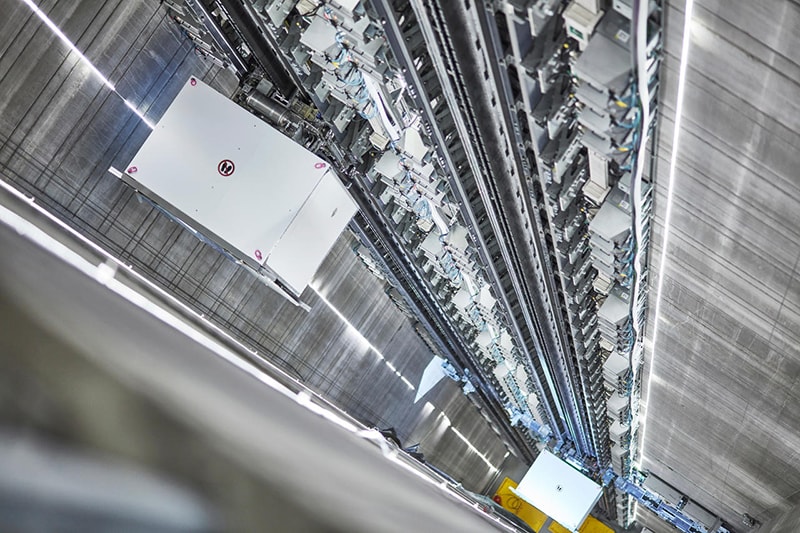
In conclusion, although there have been previous attempts to improve elevator efficiency, flexibility, and capacity, none of the earlier developments dealt with the three main drawbacks of design and height limitations as well as the ample floor space required. ThyssenKrupp appears to have addressed these concerns adequately, however, adoption of the system may take more. Today, ThyssenKrupp’s most significant challenge is to prove construction professionals the trustworthiness of the new elevators and eliminate concerns about the potential risks to encourage the implementation of the system in future structures.




